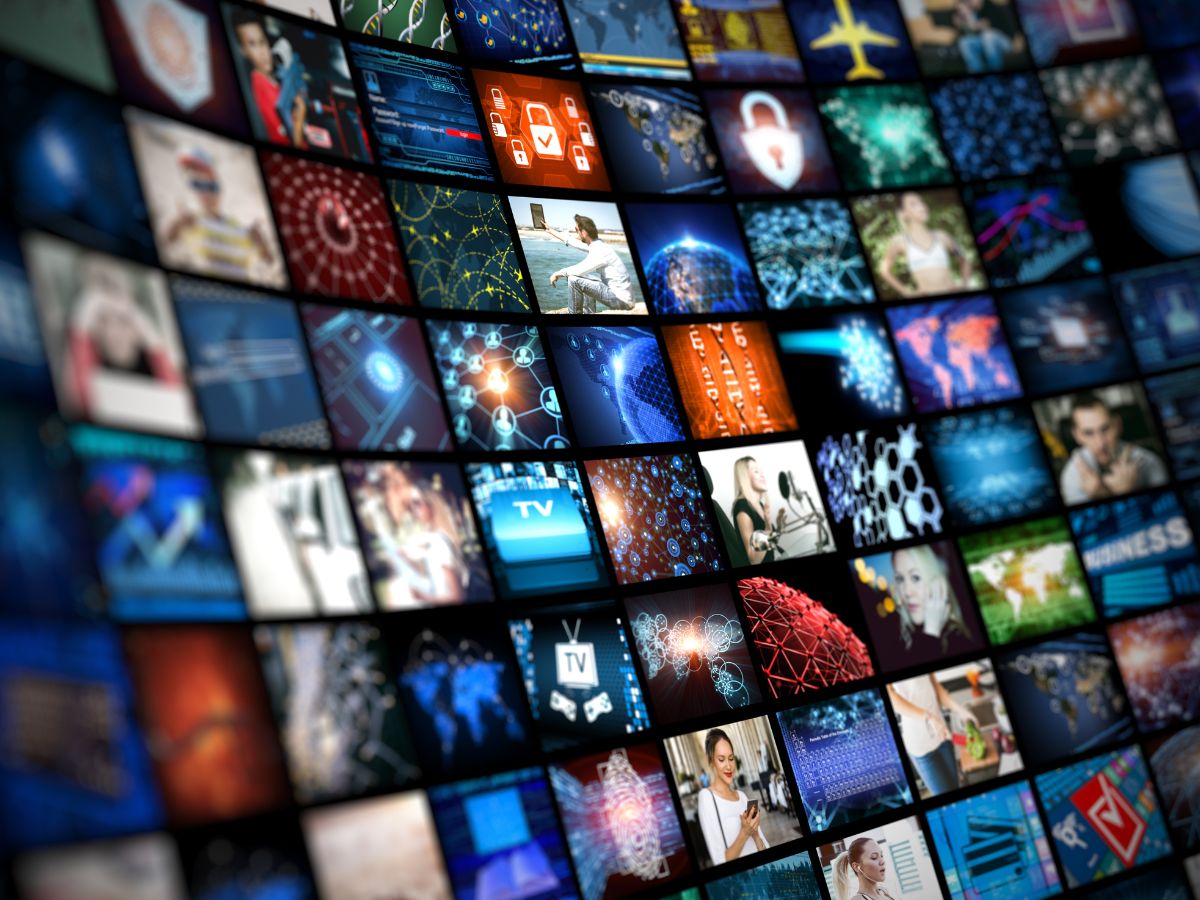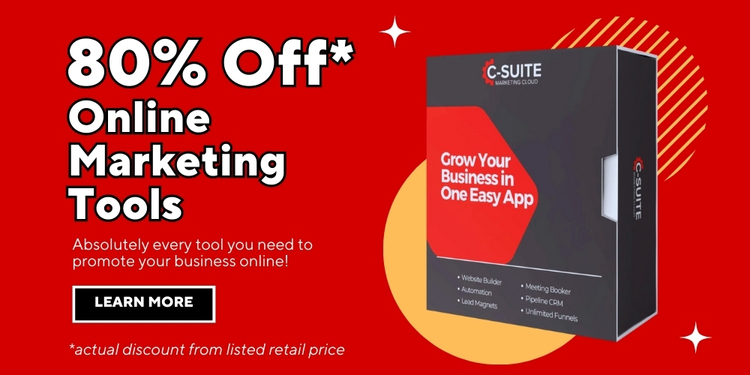CTA PRESS RELEASE

A “Call to Action” (CTA) press release is a specific type of press release that not only informs the audience about a newsworthy event, product, or service but also includes a direct appeal or instruction to the reader to take a specific action. This approach is designed to motivate immediate response or engagement from the target audience. Here’s what typically characterizes a Call to Action press release:
Key Elements of a Call to Action Press Release
- Newsworthy Content: Like any press release, it should present information that is of interest to the media and its audience, such as a new product launch, a significant company milestone, an upcoming event, or an important announcement.
- Clear and Direct CTA: The Call to Action is the most crucial element. It should be clearly defined, compelling, and easy for the reader to act upon. Examples include visiting a website, registering for an event, downloading a resource, or making a purchase.
- Strategic Placement: The CTA should be prominently placed, often at the end of the press release, but it can also be integrated within the body of the text for greater emphasis.
- Urgency: To prompt immediate action, the CTA often includes elements of urgency or scarcity, such as limited-time offers, exclusive deals, or deadlines.
- Relevance and Value: The CTA should be directly related to the content of the press release and offer clear value to the reader. This ensures that the action feels like a natural next step after reading the information.
- Persuasive Language: Using persuasive and action-oriented language helps to motivate the reader to respond.
Purpose and Effectiveness
- Marketing and Promotional Tool: This type of press release is often used as a marketing tool to drive specific customer actions, making it a blend of traditional public relations and direct marketing.
- Measurable Outcomes: The effectiveness of a Call to Action press release can often be measured more directly than traditional press releases, through metrics like website visits, sign-ups, downloads, or sales.
- Target Audience Engagement: It’s designed to engage the target audience more interactively, moving them from passive readers to active participants.
Best Practices
- Alignment with Goals: The CTA should align with the broader marketing and communication goals of the organization.
- Clarity and Simplicity: The action you want readers to take should be clear and easy to accomplish.
- Value Proposition: Explain the benefits of taking the action.
- Follow-up Strategy: Have a plan for following up with those who respond to the CTA.
In summary, a Call to Action press release is a strategic communication tool that goes beyond informing the audience—it actively encourages them to engage in a specific way, thereby serving as an effective bridge between public relations and direct marketing.
Help A Reporter Out
As a business looking to use Call To Action press releases you will need to find a way to help your local or national reporters help you help them. Reporters some times have many deadlines and stories needing supporting validation or an expert to use for their story, and if you help the reporter by providing good content and validation, you helped a reporter out, which may give you not only access to them and their platform but they may work with media outlets that are syndicated and you may get your CALL TO ACTION PRESS RELEASE and story our across their platforms as well. Earnd media is priceless!
Earned Media Value
Earned Media Value (EMV) is a metric used in marketing and public relations to estimate the value of publicity gained through promotional efforts that are not paid media (like advertising) or owned media (like a company’s website or newsletters). It represents the equivalent cost if that exposure had been bought as an advertisement. Here’s a detailed breakdown:
Understanding Earned Media
- Definition: Earned media includes any content about a brand that has been created by someone other than the brand itself. This could be press coverage, social media mentions, reviews, blog posts, or any other type of content generated by third parties.
- Sources: It typically comes from public relations efforts, word of mouth, organic social media interactions, customer reviews, and other forms of media exposure that a company hasn’t paid for directly.
Calculating Earned Media Value
- Approaches: There are various methods to calculate EMV, and the approach can vary based on the type of media and the objectives of the measurement. Common methods include:
- Advertising Value Equivalency (AVE): Estimating how much it would cost to buy the same amount of space or time in advertising.
- Social Media Metrics: Using social media analytics, such as the number of shares, likes, or the potential reach of posts.
- Custom Metrics: Some organizations develop their own formulas based on factors like brand sentiment, depth of engagement, or conversion rates.
- Challenges: EMV is a subjective metric and can be challenging to quantify accurately. The true value of earned media often includes intangible benefits like increased brand credibility and consumer trust.
Importance of Earned Media Value
- Cost-Effectiveness: Earned media is often seen as more cost-effective than paid advertising since it relies on organic spread and credibility.
- Brand Reputation and Trust: Earned media can significantly enhance brand reputation, as it often comes from credible third-party sources.
- Measuring ROI: EMV helps in estimating the return on investment (ROI) for public relations and other non-paid media efforts.
- Strategic Planning: Understanding EMV can guide marketing and communication strategies, showing where efforts are most effective.
Limitations
- Not a Precise Science: Calculating EMV accurately is challenging, as it’s hard to assign a dollar value to metrics like consumer trust or brand reputation.
- Varied Interpretations: Different organizations may use different methods to calculate EMV, making comparisons difficult.
In summary, Earned Media Value is a useful tool for gauging the effectiveness of public relations and other non-paid promotional activities. It helps in understanding the value of organic and third-party endorsements in terms of potential advertising costs. However, it’s important to use EMV as part of a broader set of metrics and understand its subjective nature.
Even though it is not a precise science, earned media management companies and consultants have connections and access to those who write the stories, and can help you get placement in their sphere of influence, providing HUGE VALUE to your Call TO Action Press Release. You may also have such an important CTA that direct pitching may be the route you need to take for your media and press success!
Direct Pitching Service, Consultants and Companies
Direct pitching in the context of public relations, marketing, and media relations refers to the process of directly contacting journalists, editors, bloggers, influencers, or media outlets to propose a story idea, product, event, or piece of content. It’s a targeted approach to gain media coverage or publicity. Here’s an overview of the process and key considerations:
Key Components of Direct Pitching
- Targeted Outreach: Identifying and reaching out to specific individuals or media outlets that align with your story, audience, or brand.
- Personalized Communication: Crafting a personalized message for each recipient, highlighting the relevance and value of your story to their audience.
- Press Release or Media Kit: Providing a well-written press release or a comprehensive media kit that includes all necessary information about the story, product, or event.
- Follow-Up: Following up with the contacts to ensure they received the pitch and to address any questions or additional information they might need.
Effective Strategies for Direct Pitching
- Research: Understand the media outlet, the type of content they publish, and the interests of their audience. Know the journalist’s or influencer’s beat and previous work.
- Relevance: Ensure that your pitch is relevant to the recipient’s area of coverage. Tailor the pitch to show how it fits their audience’s interests.
- Clear and Concise Message: Keep your pitch concise and to the point. Clearly state why your story is important and what makes it unique or newsworthy.
- Timeliness: Align your pitch with current trends, events, or news cycles when applicable.
- Building Relationships: Foster ongoing relationships with media professionals, rather than reaching out only when you need coverage.
- Professionalism and Courtesy: Be respectful of the recipient’s time and deadlines. Be professional in all communications.
- Multimedia Elements: Include high-quality images, videos, or graphics if they enhance your story and are relevant to the outlet’s format.
- Exclusivity: Sometimes offering an exclusive story to a particular journalist or outlet can increase your chances of getting coverage.
- Follow-Up Respectfully: If you don’t get a response, a respectful follow-up can be effective, but avoid being overly persistent.
Common Challenges
- Getting Noticed: Due to the high volume of pitches media professionals receive, standing out can be challenging.
- Rejection or No Response: Not all pitches will be successful. It’s important to be prepared for rejections or no responses.
Applications
- Public Relations: Used by PR professionals to get coverage for their clients.
- Marketing: To promote products, services, or events.
- Startups and Small Businesses: For gaining visibility and reaching a wider audience.
Direct pitching is a key tool in the arsenal of public relations and marketing professionals. It requires skill in crafting a compelling message, understanding the media landscape, and building professional relationships. When done effectively, it can lead to significant media coverage and contribute greatly to a brand’s visibility and credibility.










